In the ever-evolving world of interior design, the choices we make today shape the homes of tomorrow, and perhaps no decision is more impactful than selecting sustainable furniture. Whether you’re just dipping your toes into the vast ocean of home decor or you’re a seasoned designer with a finely tuned aesthetic, embracing sustainability in your furniture choices is a powerful step towards a more environmentally-friendly lifestyle. This isn’t just an emerging trend; it’s a vital movement that promises to transform our living spaces into sanctuaries of both beauty and responsibility.
As you embark on this journey, you’ll discover that sustainable furniture is not just about recycled materials or minimalist designs—it’s about creating a home that reflects your values and supports the planet. Through this article, we’ll explore the myriad ways you can incorporate eco-friendly pieces into your living space, offering practical tips and insights that cater to both novices and experts alike. From understanding the significance of certified wood to recognizing innovative materials, you’ll gain the knowledge needed to make informed, sustainable decisions in your decor endeavors.
Prepare to be inspired as we delve into the world of sustainable furniture, where creativity meets consciousness and style aligns with substance. You’ll learn how to identify truly sustainable options, debunk common myths, and even discover how to upcycle and personalize existing pieces. By the end of this exploration, you’ll be equipped not just to make sustainable choices, but to inspire others with a home that stands as a testament to thoughtful, eco-friendly design.
Understanding Sustainable Furniture Materials
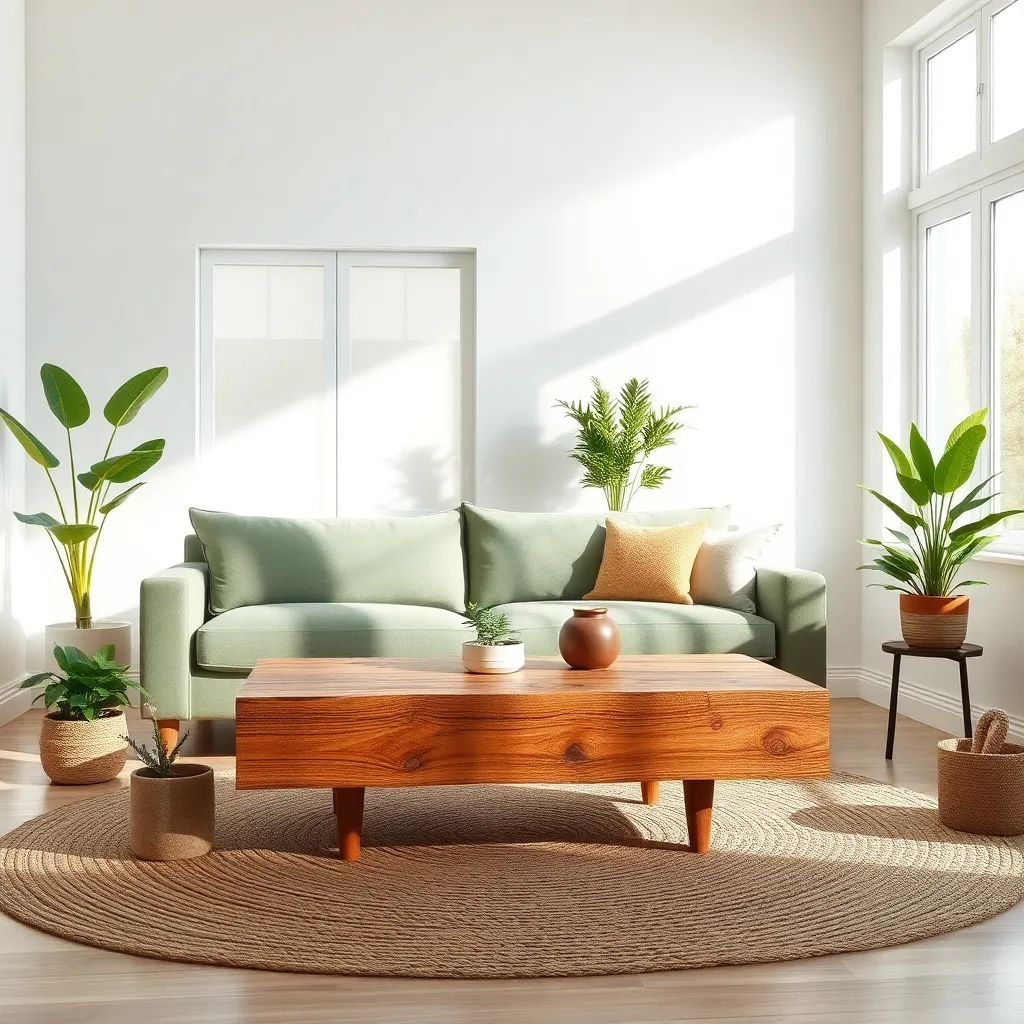
Choosing sustainable furniture materials is not only environmentally responsible but also adds a unique character to your home. Begin by considering reclaimed wood, which offers a rustic charm and is perfect for creating warm, inviting spaces.
Reclaimed wood can be used in various furniture pieces, from dining tables to shelving units, providing both aesthetic appeal and durability. Pairing these pieces with neutral or earth-toned accessories can enhance their natural beauty while maintaining a cohesive look.
For a more modern touch, consider furniture made from bamboo, a rapidly renewable resource known for its strength and versatility. Bamboo furniture can be easily integrated into many design styles, offering a sleek and minimalistic appearance.
Another excellent option is furniture crafted from recycled materials, such as metal or plastic, which can offer a contemporary edge. When selecting these pieces, look for those with clean lines and simple forms to maintain a clutter-free environment.
Incorporating natural fibers like rattan or hemp into your furniture choices can add texture and warmth. These materials work beautifully in spaces that aim for a bohemian or coastal aesthetic, complementing soft color palettes like whites, creams, and pastels.
Eco-Friendly Brands to Consider
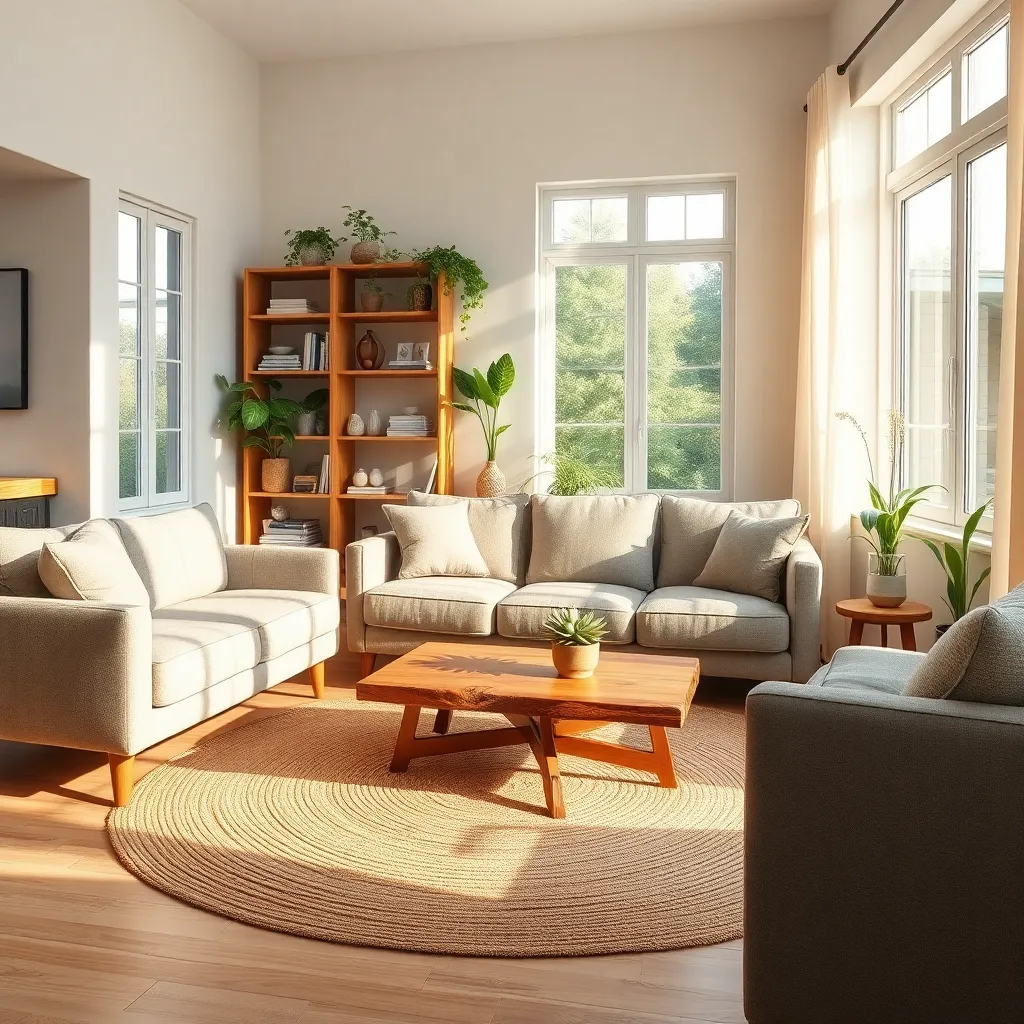
When considering eco-friendly furniture brands, it’s essential to look for certifications like FSC (Forest Stewardship Council) or GREENGUARD. These certifications ensure that the furniture is made from materials that are sustainably sourced and have low chemical emissions.
One brand to consider is West Elm, known for its commitment to sustainability. They offer an array of furniture made with responsibly sourced wood and recycled materials, which can be easily integrated into any modern home design.
For those who prefer unique, handmade pieces, VivaTerra offers beautifully crafted furniture using reclaimed wood and natural finishes. Their pieces can serve as standout elements in a room, adding character while promoting environmental responsibility.
Another excellent option is IKEA, which has been increasingly focusing on sustainable practices. They provide affordable and stylish furniture options, like their bamboo and recycled plastic lines, which can be used creatively in various home settings.
To maximize the impact of your eco-friendly choices, consider the placement and pairing of these pieces. Place furniture in areas with ample natural light to enhance the beauty of natural materials and promote energy efficiency.
Utilize a color scheme that complements the natural tones of eco-friendly furniture, such as earthy greens and warm browns. This approach not only highlights the sustainable nature of your furniture but also creates a cohesive and inviting atmosphere.
For an advanced touch, mix textures by combining different materials like bamboo, reclaimed wood, and recycled metals. This technique can add depth to your design, making your space feel both dynamic and harmonious.
Evaluating Durability and Longevity
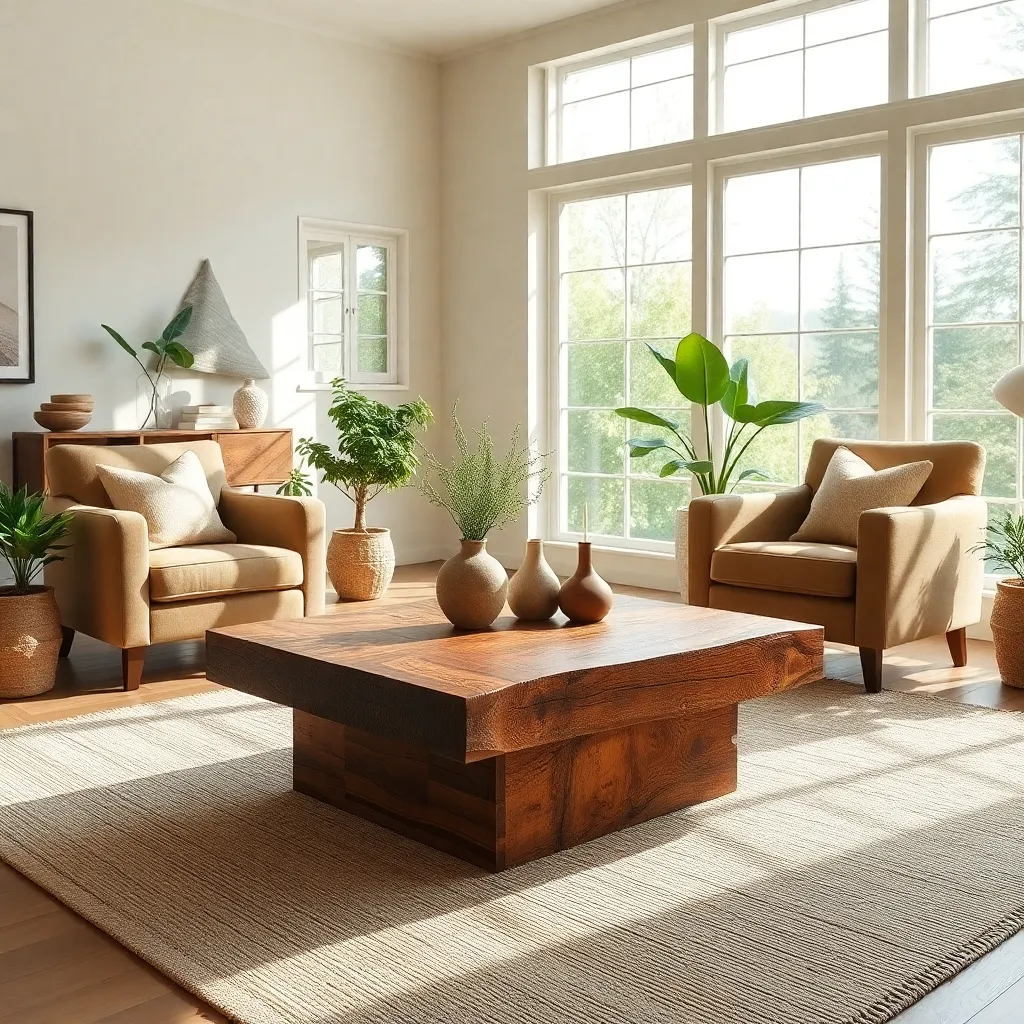
Choosing furniture that lasts is crucial for sustainable living. Look for pieces made from high-quality materials like solid wood, which offers both durability and a timeless aesthetic.
Understanding the construction of furniture can also help in making durable choices. Opt for furniture with mortise-and-tenon or dovetail joints, as these are signs of superior craftsmanship.
Incorporating materials like metal or leather can add longevity to your furniture selections. For example, a leather sofa not only exudes elegance but also becomes more characterful over time.
Placement and care play vital roles in extending the life of your furniture. Keep pieces away from direct sunlight and heat sources to prevent fading and warping.
Consider the practicality of your color choices in terms of maintenance and longevity. Neutral or earth tones are excellent for high-traffic areas, as they tend to show less wear and tear over time.
For those looking to blend sustainability with style, invest in furniture that can adapt to different room layouts. Modular furniture systems are a smart choice, allowing you to rearrange your space without the need for new purchases.
Incorporating Recycled and Upcycled Pieces
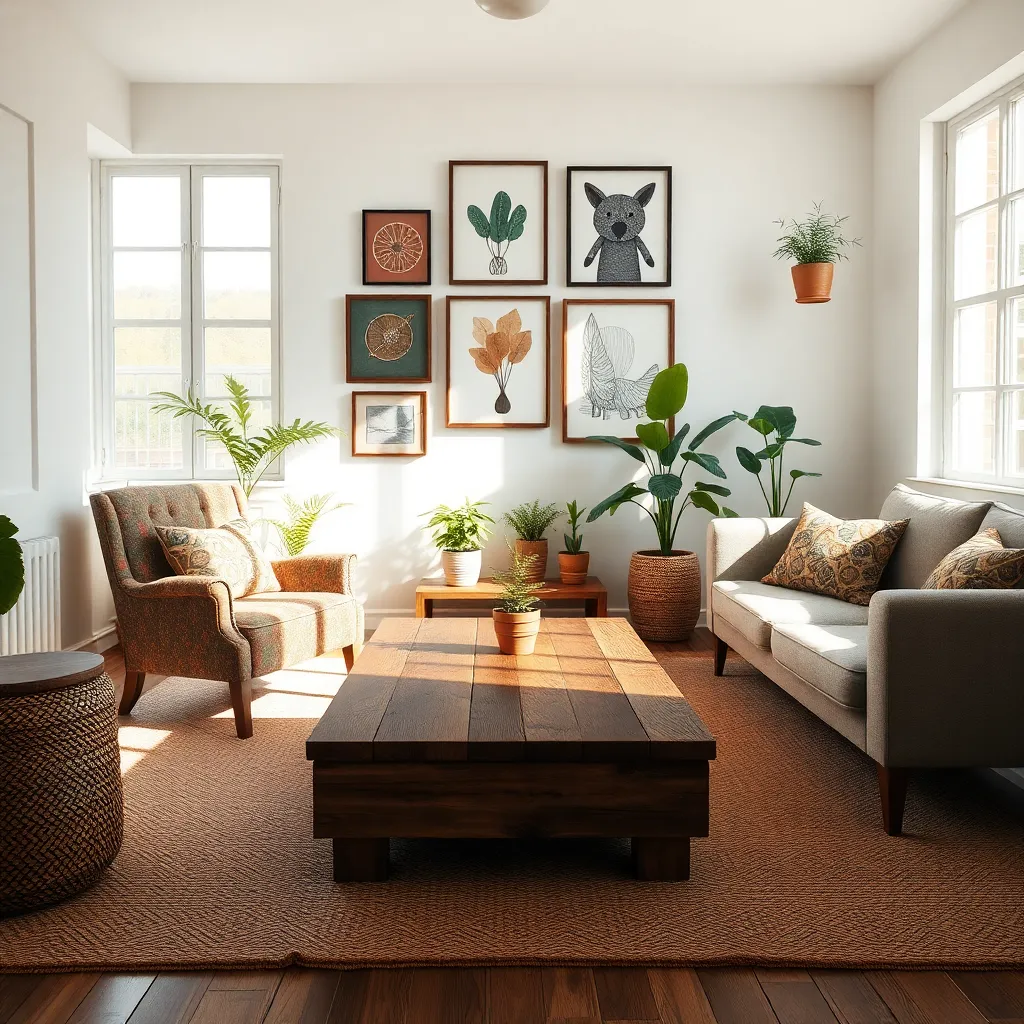
Incorporating recycled and upcycled pieces into your home not only supports sustainability but also adds unique character to your space. Start by exploring local thrift shops or online marketplaces for furniture that can be given a new life with a little creativity.
Consider using a fresh coat of eco-friendly paint to breathe new life into an old wooden dresser or chair. Choose colors that complement your existing palette, such as soft pastels for a calming effect or bold hues for a striking statement.
For a touch of sophistication, replace hardware on cabinets or drawers with vintage knobs or pulls, which can often be found at flea markets. This simple update can transform a mundane piece into a focal point of your room.
Advanced decorators might experiment with mixing materials by adding new upholstery to a second-hand sofa or armchair. Select fabrics made from recycled materials to maintain an eco-conscious approach while ensuring the durability and comfort of your pieces.
Maintenance Tips for Sustainable Furniture
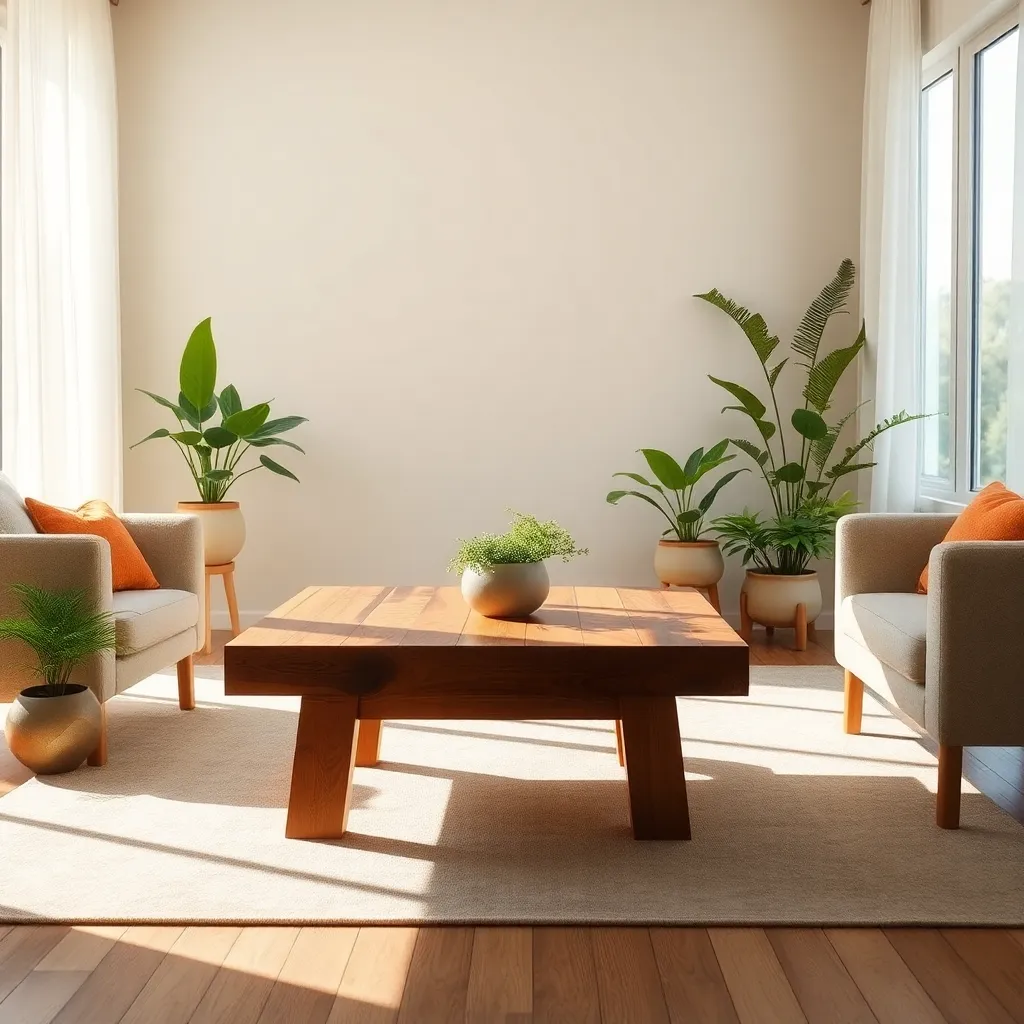
Caring for sustainable furniture involves more than just regular cleaning; it requires understanding the materials. Natural woods, recycled metals, and organic fabrics each have their own maintenance needs to ensure longevity and beauty.
For wooden furniture, applying a natural oil or wax can protect and enhance its finish. Use a soft cloth to avoid scratching the surface and always wipe with the grain to maintain the wood’s natural look.
When it comes to fabrics like organic cotton or hemp, regular vacuuming helps keep dust at bay. Spot clean with mild, eco-friendly detergents to prevent damage from harsh chemicals while preserving fabric integrity.
For more durable materials like recycled metals, a simple wipe with a damp cloth is often sufficient. If you notice any rust, gently remove it with a mixture of vinegar and baking soda, ensuring you dry the area thoroughly afterward.
To maintain the color and vibrancy of upcycled pieces, avoid placing them in direct sunlight. Consider UV-filtering window treatments or strategically place pieces in shaded areas of your home.
Conclusion: Growing Success with These Plants
In exploring sustainable furniture choices, we’ve uncovered five vital relationship concepts: the importance of shared values in decision-making, the power of compromise in selecting eco-friendly options, the role of communication in navigating differing tastes, the impact of creating a nurturing home environment, and the significance of aligning lifestyle choices with long-term relationship goals. Together, these elements form a blueprint for not only a sustainable home but also a sustainable relationship.
As a practical next step, consider discussing with your partner what sustainable changes you can make in your home. Whether it’s choosing a new eco-friendly piece or simply rearranging your space to better reflect your shared values, this conversation can deepen your bond and commitment to a shared future.
Don’t forget to bookmark this article as a handy reference on your journey towards a harmonious and sustainable partnership. By integrating these principles into your relationship, you’re not only investing in a greener planet but also planting the seeds for enduring relationship success. Remember, the actions you take today are the foundation of the thriving relationship you’ll enjoy tomorrow. So, take that first step confidently, knowing that a fulfilling and sustainable partnership is within reach.
